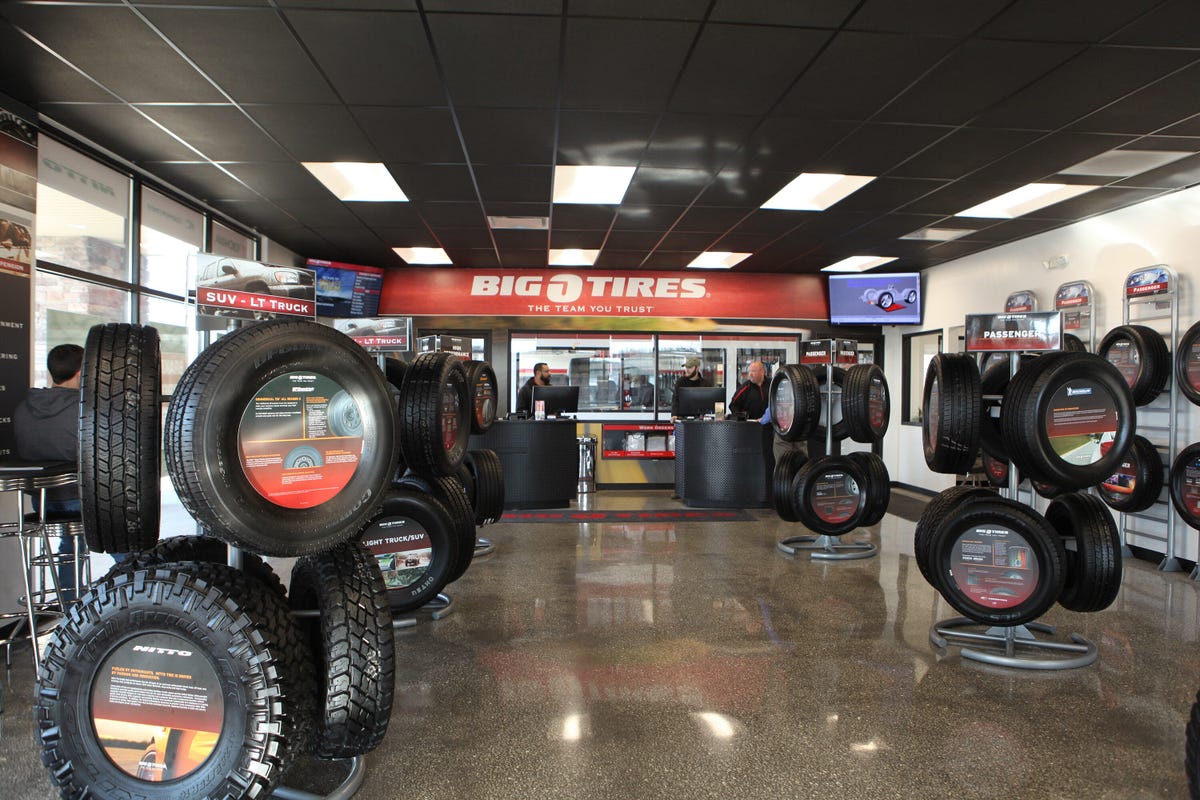Discover Exclusive Mopar Tire Service Specials in Morris Today
Discover Exclusive Mopar Tire Service Specials in Morris Today
Blog Article
Tire Service: Understanding Tire Stress Surveillance Solutions
Recognizing Tire Pressure Tracking Solutions (TPMS) is an important facet of maintaining ideal automobile efficiency and security on the roadway. With advancements in automotive technology, TPMS has ended up being a conventional function in contemporary automobiles, supplying real-time info on tire stress levels.

Relevance of TPMS
The relevance of Tire Stress Surveillance Solutions (TPMS) exists in their capacity to enhance lorry safety and efficiency via real-time surveillance of tire stress degrees. Preserving the correct tire stress is essential for making sure optimum handling, stopping, and general security of a car. TPMS provides drivers with instant comments on any underinflated or overinflated tires, enabling timely changes to be made.
Components of TPMS
Comprising various necessary aspects, a Tire Stress Tracking System (TPMS) works as an advanced safety function in modern-day vehicles. The primary elements of a TPMS consist of sensing units, a control component, and a warning sign. Sensing units are normally situated in the tire valve stem or affixed to the wheel setting up, where they gauge tire pressure and transmit data to the control module. If it detects dramatically low pressure in any of the tires, the control module processes this info and activates a warning. The warning sign, often a symbol on the control panel, alerts the vehicle driver to check the affected tire or tires. Some advanced TPMS designs likewise display the real tire pressure readings for each tire, supplying vehicle drivers with real-time information to guarantee ideal tire performance and safety. By monitoring tire pressure constantly, TPMS assists stop mishaps, decreases tire wear, and improves fuel performance, making it a crucial component for vehicle safety and security and efficiency.
Sorts Of TPMS

On the various other hand, indirect TPMS depends on the automobile's wheel rate sensing units to keep track of tire pressure. This system identifies underinflation by comparing the rotational speeds of the wheels. Indirect TPMS is much less costly than direct TPMS, as it uses existing sensing units within the lorry.
While straight TPMS offers much more precise analyses, indirect TPMS is less complex in layout and usually calls for less maintenance. Both systems have their benefits and constraints, and the choice between them commonly relies on variables such as price, vehicle make, and personal preference. Understanding the differences in between these two kinds of TPMS can aid automobile proprietors make informed choices concerning tire maintenance and safety.
TPMS Maintenance Tips
Conduct routine checks on the tire pressure degrees and contrast them with the TPMS analyses to ensure they are regular. Throughout tire rotation or replacement, make sure that the TPMS parts are handled very carefully to avoid visit any kind of potential damage. If the TPMS alerting light brightens on the control panel, resolve the issue immediately by examining the tire stress and the total system for any kind of faults.
Advantages of Proper Tire Pressure
Maintaining appropriate tire stress, as stressed in TPMS Maintenance Tips, is vital for reaping the many benefits connected with optimal tire stress degrees. Additionally, correct tire pressure guarantees even tire wear, expanding the life his response expectancy of the tires and advertising safer driving problems. In final thought, the benefits of appropriate tire stress go past just tire longevity; they include enhanced gas efficiency, enhanced security, much better lorry performance, and general driving convenience.
Verdict
Finally, recognizing tire stress surveillance systems (TPMS) is critical for maintaining ideal tire stress and making certain vehicle safety. By recognizing the relevance of TPMS, recognizing with its parts, recognizing the different types available, adhering to appropriate maintenance ideas, and recognizing the advantages of preserving correct tire stress, drivers can enhance their driving experience and prolong the lifespan of their tires. Correct tire stress is key to safe and efficient car procedure.

Report this page